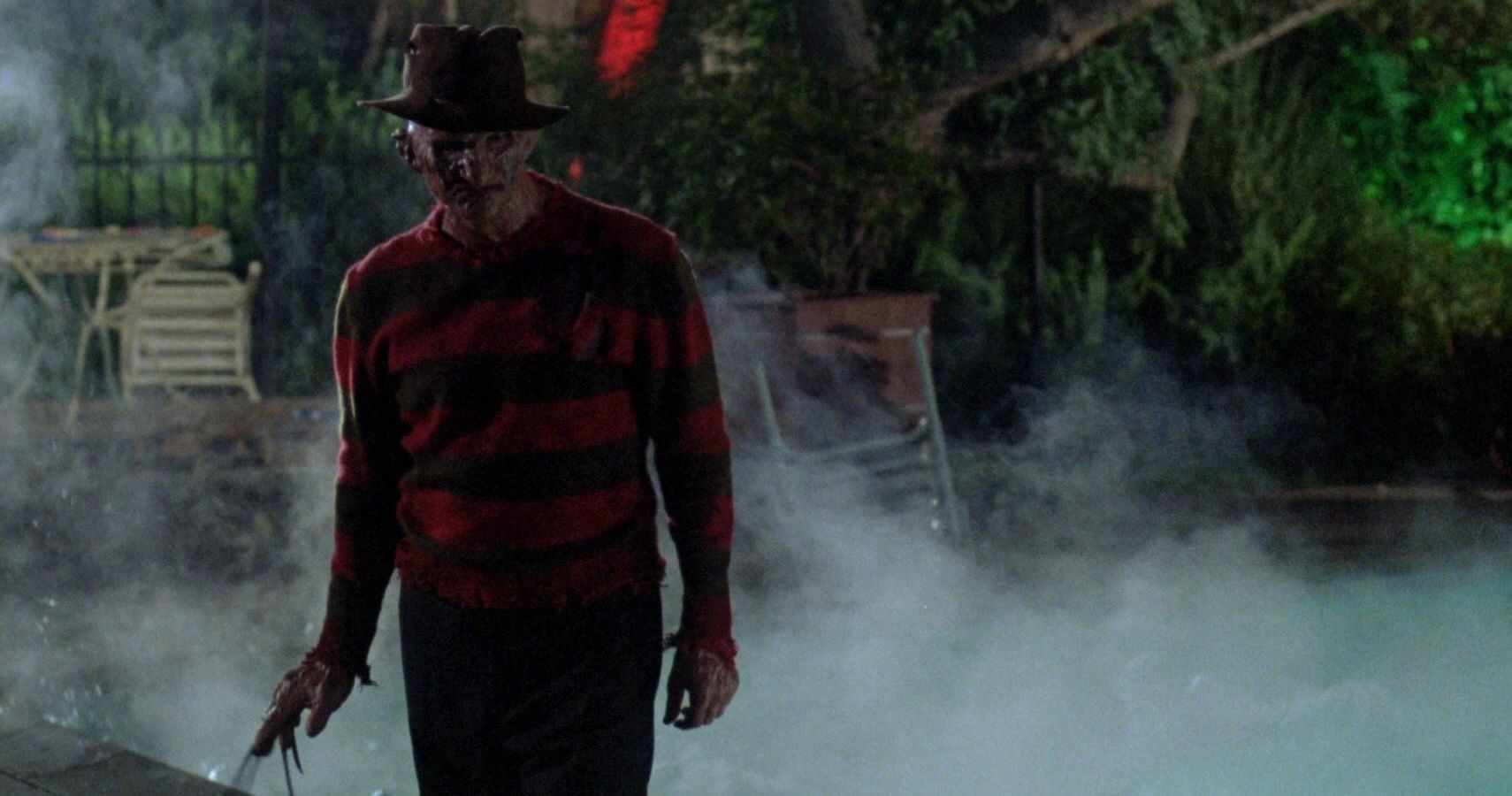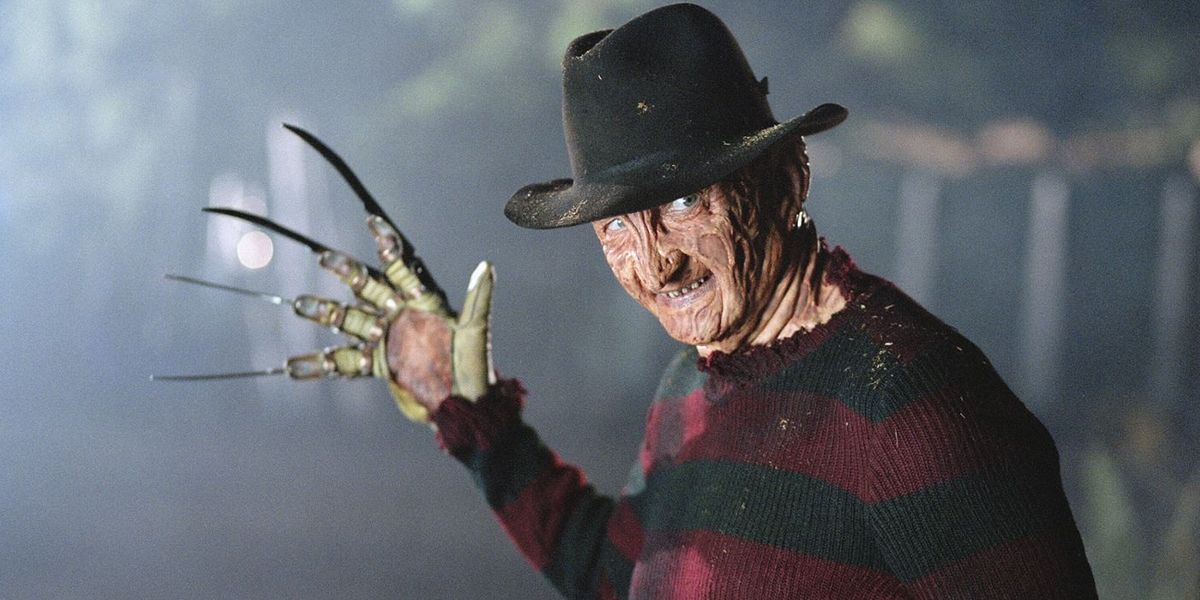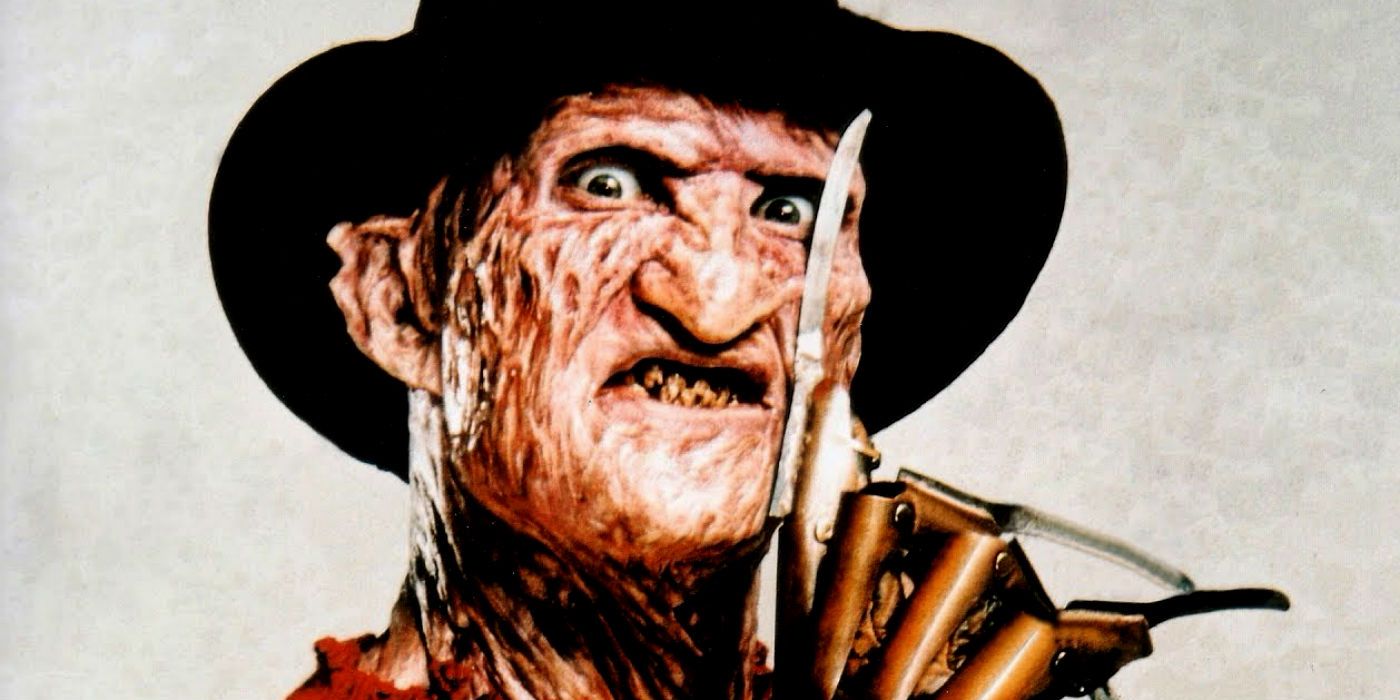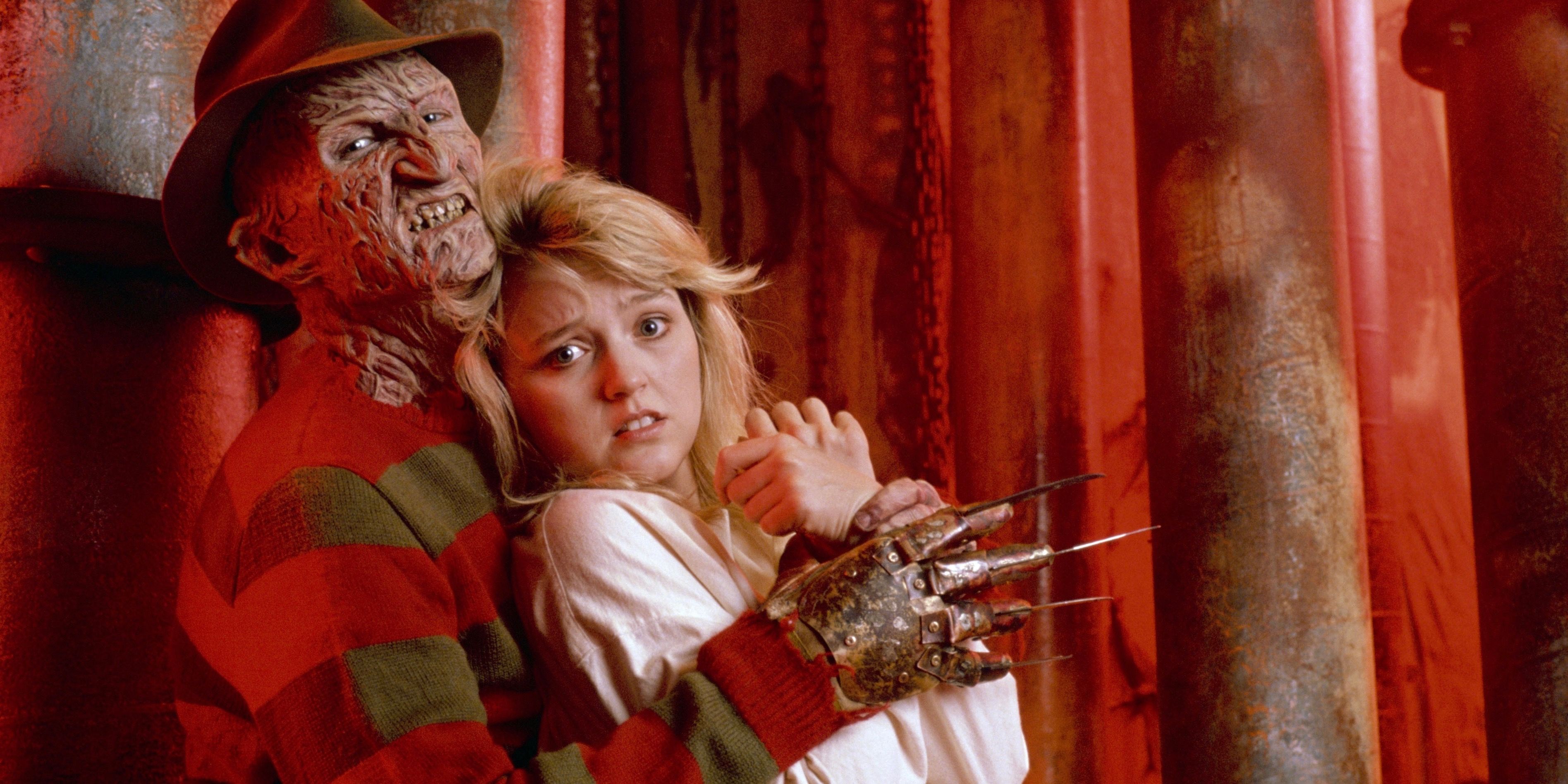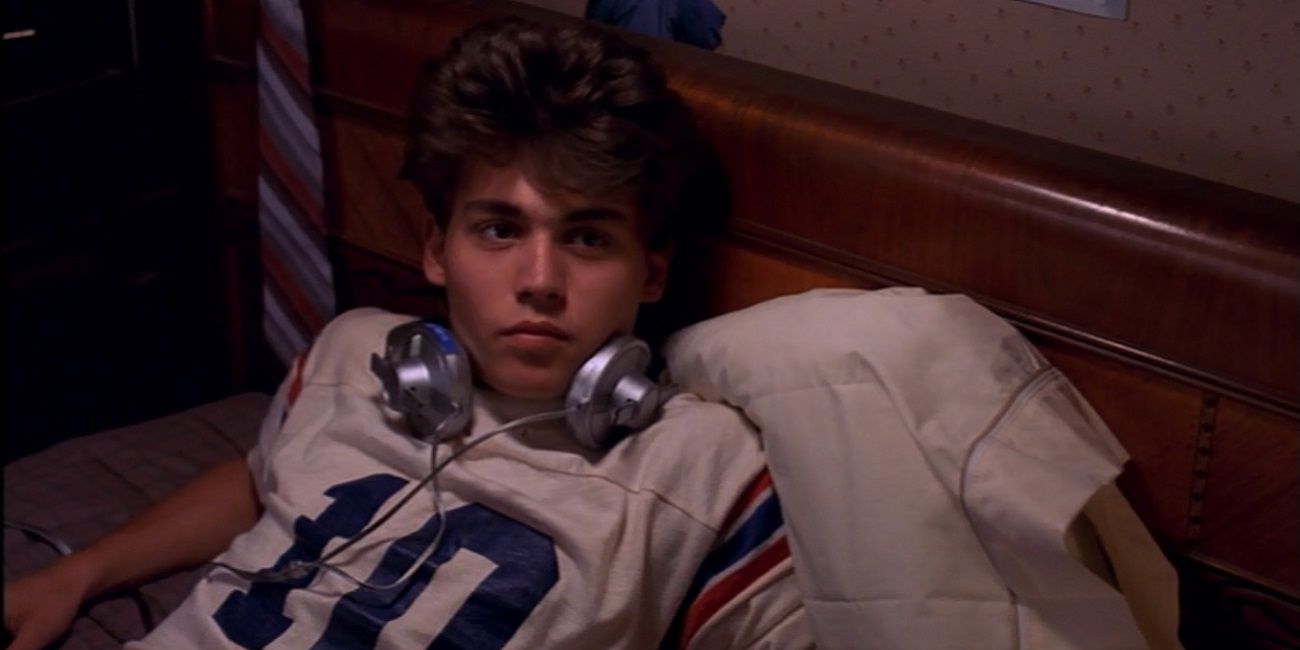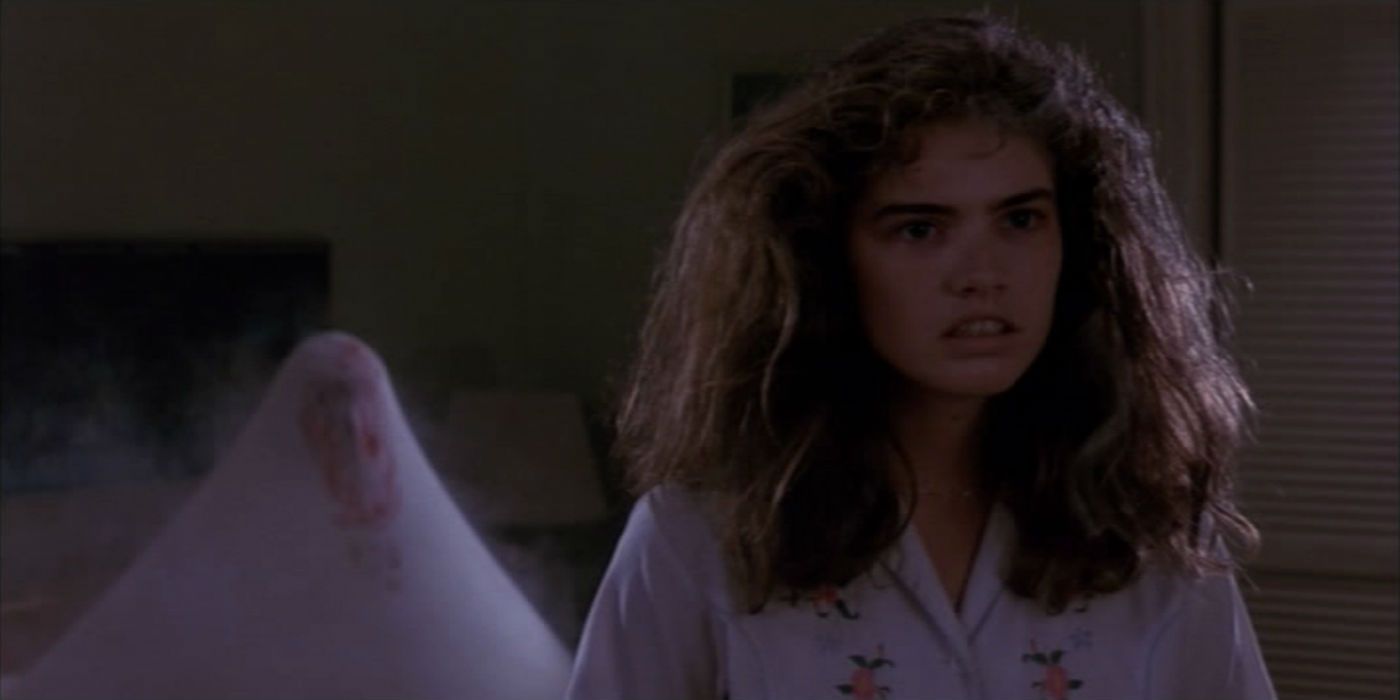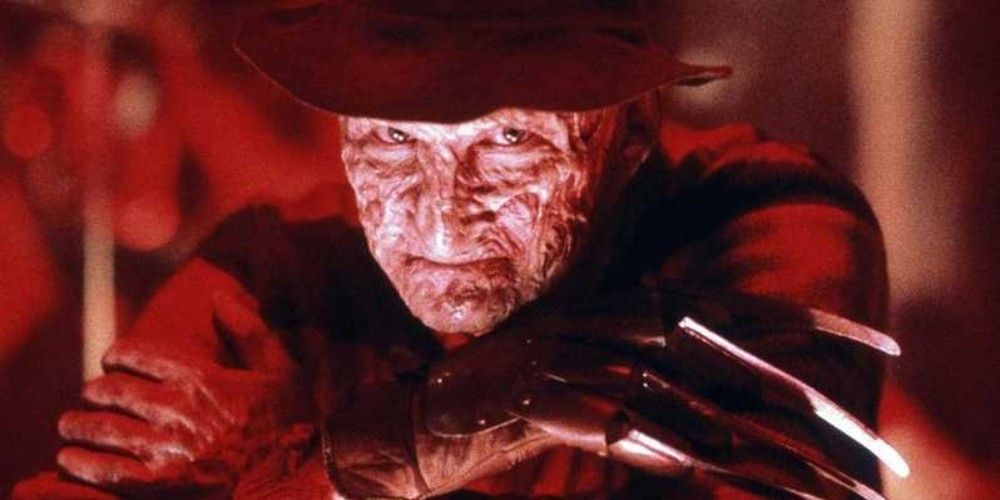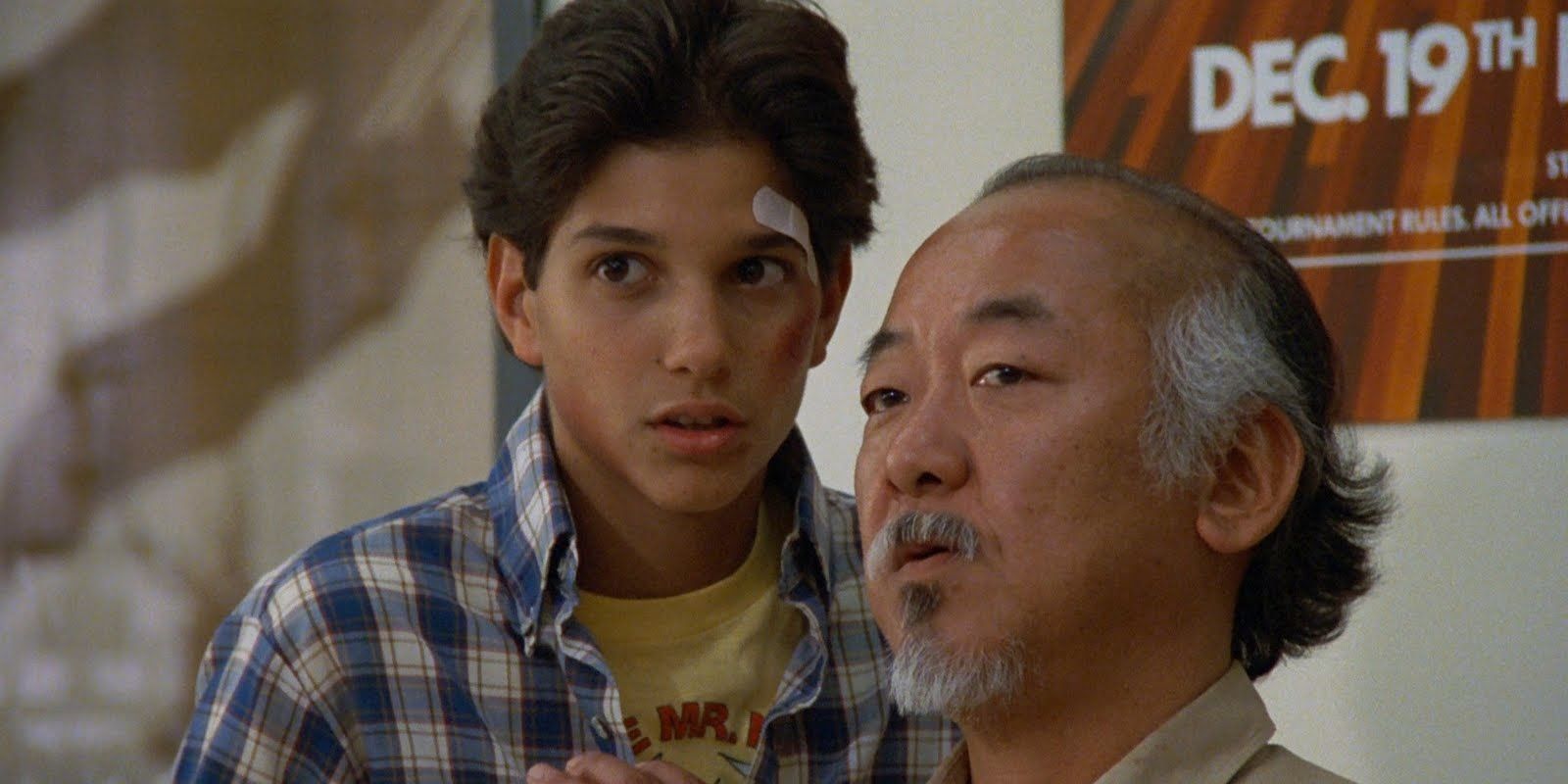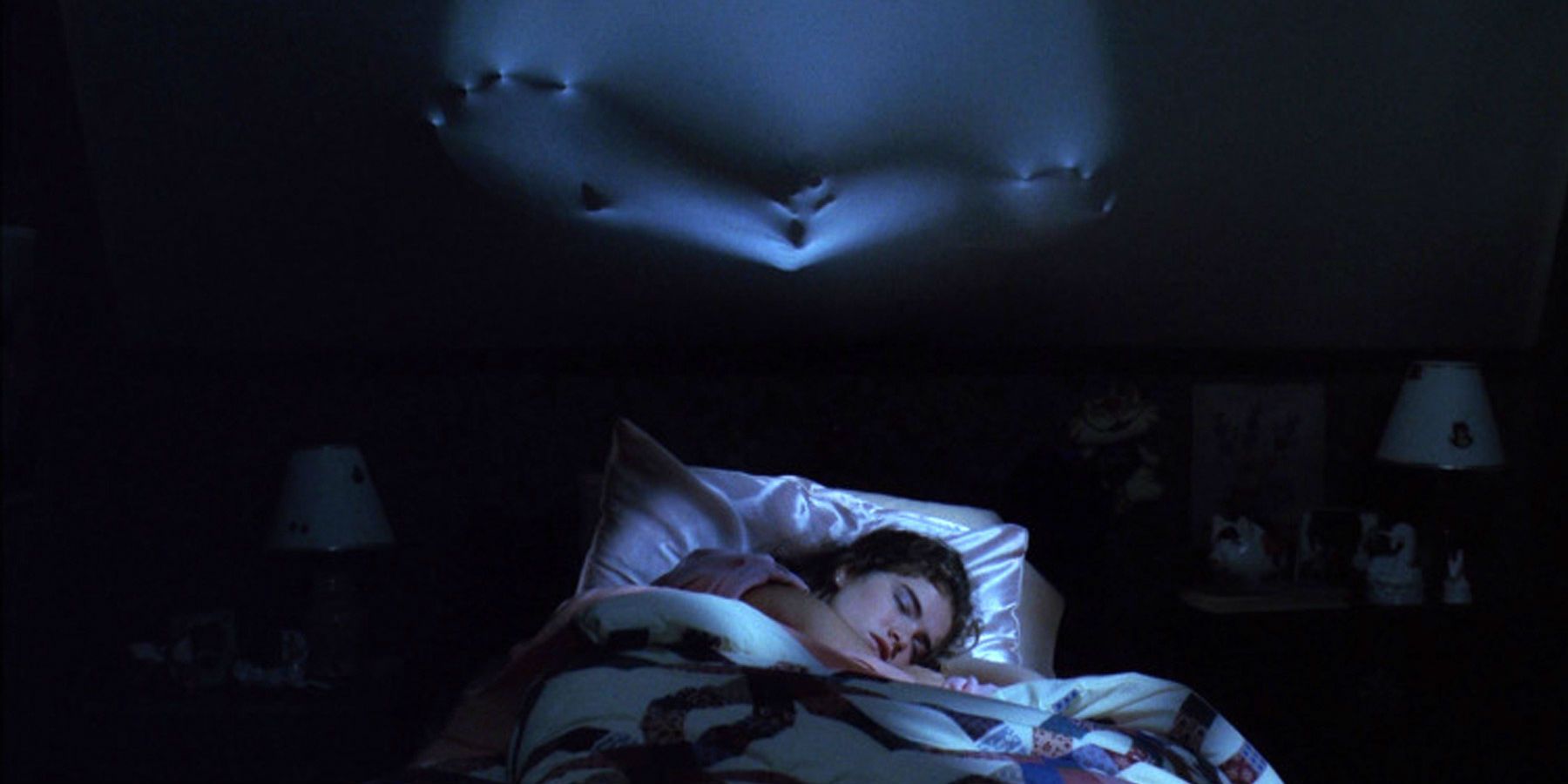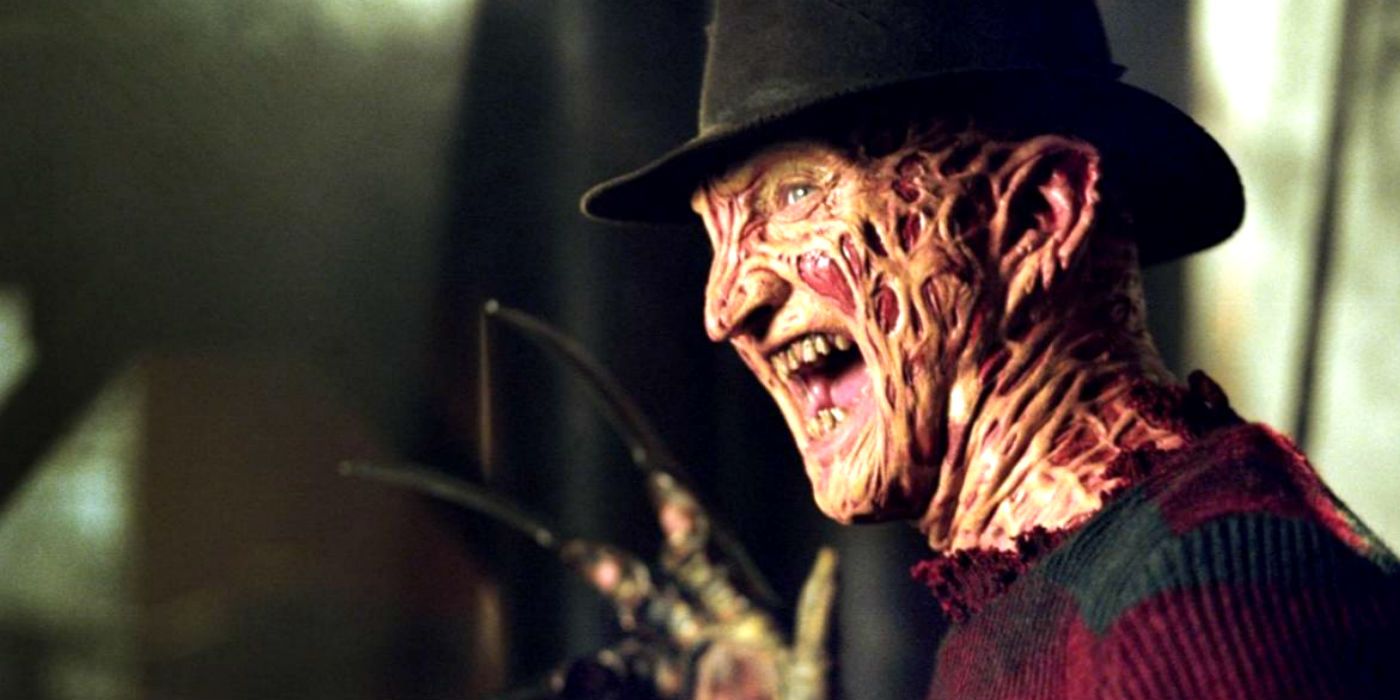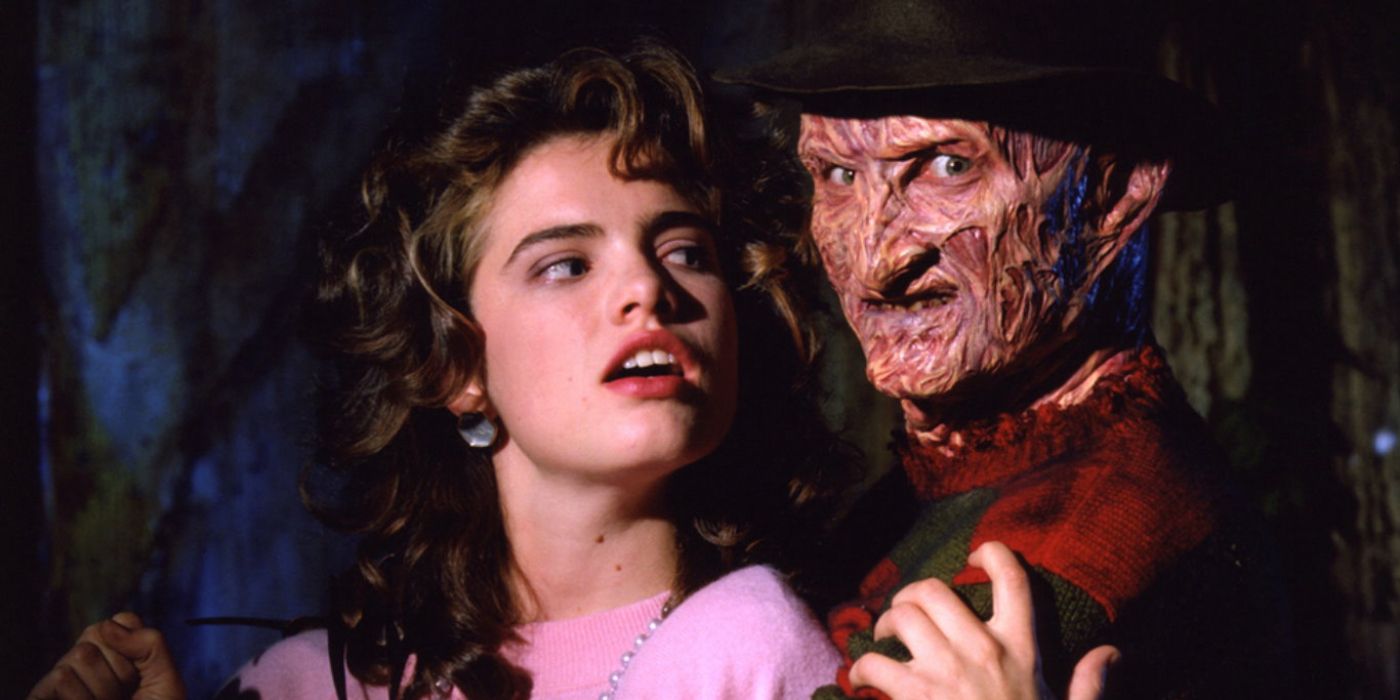Wes Craven’s A Nightmare on Elm Street is one of the greatest slashers ever made, and its antagonist, Freddy Krueger, is one of the most iconic villains in horror movie history. Craven subtly blended the real world into the dream world to keep the audience on the edge of their seats, unnervingly unaware if the characters were awake or not until it was too late.
It’s not easy to make a timeless classic that spawns seven sequels and a remake. So, here are 10 fascinating behind-the-scenes details from the making of the original 1984 A Nightmare on Elm Street movie.
Robert Englund Cut His Hand When He First Tried On Freddy’s Glove
One of the most memorable parts of Freddy Krueger’s getup is his glove, which has knives for fingers. When actor Robert Englund tried on this glove for the first time, he cut his finger on it.
This original glove was reused in A Nightmare on Elm Street 2: Freddy’s Revenge, then got lent out to the makers of A Nightmare on Elm Street 3: Dream Warriors. However, during production of the threequel, the glove was lost and never recovered. There’s a rumor that Englund’s agent has it.
Production Used More Than 500 Gallons Of Fake Blood
Over the course of filming A Nightmare on Elm Street, more than 500 gallons of fake blood were used. The fake blood was made simply by combining water with red food coloring.
A lot of this was undoubtedly used for the scene in which a young Johnny Depp is sucked into his bed and violently mutilated by it. That scene required the same revolving room set that was used for Tina’s death scene.
In The Original Script, Freddy Was A Child Molester
In the original script for A Nightmare on Elm Street, Freddy Krueger was a child molester. However, since there had been a string of child molestation cases around California at the time, Wes Craven changed it so that he was a child murderer to avoid being accused of exploiting the real-life cases.
Freddy was changed back to a child molester when he was played by Jackie Earle Haley in the 2010 remake. It was intended as a nod to the original script, but critics saw it as going overboard.
Wes Craven Cast Johnny Depp Because His Daughter Thought He Was Hot
A Nightmare on Elm Street marked the film debut of Johnny Depp. Director Wes Craven was unsure of casting the actor when he saw his grungy look in his headshot.
However, Craven’s daughter saw the headshot and said that Depp was dreamy, so Craven realized he didn’t know what teenage girls were into and cast him in the film.
The Original Script Had A Traditional Happy Ending
Originally, the script had a traditional happy ending in which Freddy is defeated and everything goes back to normal.
Producer Robert Shaye came up with the plot twist in which the happy ending is revealed to be another nightmare, leaving the door open for sequels, as Freddy hadn’t really been defeated.
It Took Three Hours To Apply Robert Englund’s Makeup
Every morning before shooting began, Robert Englund had to sit in the makeup chair for three hours while the team applied his Freddy Krueger makeup. According to Wes Craven, Englund wasn’t the first choice for the role of Freddy. He originally wanted to cast a stuntman in the role, but after testing a few stuntmen, he realized he needed an actor for the part.
Craven originally envisioned Freddy to look much more gruesome – with teeth pushing through the flesh on his jaw, pus pouring from his sores, and a bit of skull showing through his head – but he was told that it would be impossible to convincingly make up an actor to look like this.
Ralph Macchio Was Considered For The Role Of Tina’s Boyfriend
Before Jsu Garcia landed the role of Rod Lane, Tina’s boyfriend, Ralph Macchio and Darren Dalton were up for the part.
Also, before Johnny Depp was cast as Glen, Charlie Sheen was interested in the part, but he demanded more money than the producers could afford.
This Movie’s Success Saved New Line Cinema From Bankruptcy
New Line Cinema was on the brink of bankruptcy when Wes Craven was making A Nightmare on Elm Street under the studio’s banner. New Line was the first studio to pick up the movie after the script floated around Hollywood for three years and no one wanted to make it.
The tremendous box office success of the movie – grossing $57 million against a reported budget of just $1.8 million (which it recouped in no time during its opening weekend) – got New Line out of the red and ensured that they could keep making movies for years to come. The studio was later jokingly called “The House That Freddy Built.”
Freddy Originally Wore A Red-And-Yellow Sweater
Freddy Krueger famously wears a red-and-green sweater, but the original script for A Nightmare on Elm Street specified that Freddy should wear a red-and-yellow sweater, as a nod to Plastic Man, who has a lot of the same powers as Freddy.
But after Wes Craven read an article in Scientific American magazine that said that the two colors that contrast the most to the human eye are red and green, he decided to change Freddy’s sweater to reflect that.
The Script Was Inspired By Real Deaths
Wes Craven’s concept for A Nightmare on Elm Street was inspired by real news stories of people dying in their sleep. After fleeing from Pol Pot’s reign to America, a group of Southeast Asian refugees started dying in their sleep, one by one, during terrible nightmares. The last survivor stayed awake for as long as he could.
Eventually, he drifted off from exhaustion, had a nightmare, woke up screaming, and died. The coroners were unable to determine a cause of death, which fascinated Craven enough to develop a screenplay from it.

